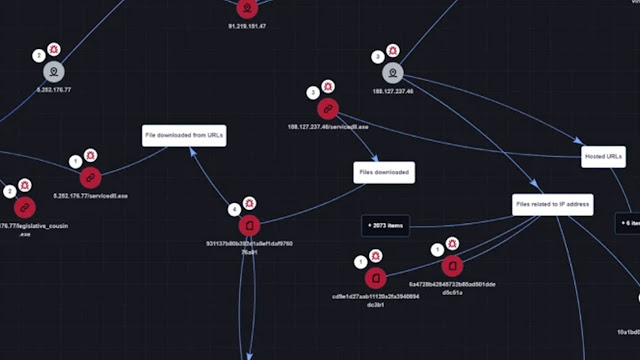Cybersecurity concerns have risen significantly in the context of ongoing geopolitical conflicts. One notable player in the cyber warfare domain is the hacktivist group known as Head Mare, which has recently garnered attention for targeting organizations in Russia and Belarus. This article delves into the methods, tools, and motivations of this group, which has been active since 2023. Their operations are primarily focused on exploiting vulnerabilities and employing advanced malware to infiltrate systems and demand ransoms.
Head Mare's Approach to Cyber Attacks
Head Mare differentiates itself from other hacktivist groups through its advanced methods of initial access. According to a report from Kaspersky, the group uses up-to-date techniques, including exploiting the CVE-2023-38831 vulnerability in WinRAR. This particular flaw enables attackers to execute arbitrary code through specially crafted archives. This technique allows the malicious payload to be delivered discreetly, enhancing the success of their infiltration.
Unlike many hacktivist groups that aim to cause maximum damage, Head Mare employs a more strategic approach. They use ransomware to encrypt victims' systems and demand payment for data decryption, specifically using LockBit for Windows environments and Babuk for Linux systems. These attacks not only disrupt business operations but also extort financial gain from affected organizations.
Tools and Techniques Used by Head Mare
Head Mare employs a sophisticated toolkit to conduct its cyber attacks. Among the tools are PhantomDL and PhantomCore, both of which play key roles in delivering payloads and maintaining access to compromised systems. PhantomDL, a Go-based backdoor, allows attackers to upload files to a command-and-control (C2) server, while PhantomCore, also known as PhantomRAT, serves as a remote access trojan that can download and execute files from the C2 server. This allows Head Mare to maintain persistent access to targeted networks.
Another key tactic employed by the group is disguising their malicious activity as legitimate Microsoft software processes. For instance, they create scheduled tasks and registry values named "MicrosoftUpdateCore" to evade detection. Furthermore, LockBit samples used in these attacks are often disguised as OneDrive or VLC applications, hidden in the C:\ProgramData directory, further enhancing their ability to infiltrate systems without raising suspicion.
Phishing campaigns play a significant role in distributing these malicious payloads. The group sends emails containing business documents with double extensions, such as ".pdf.exe," to trick victims into opening them. This tactic increases the likelihood of successful exploitation and system compromise.
Use of Open-Source and Publicly Available Tools
In addition to custom malware, Head Mare leverages a range of publicly available tools to facilitate their attacks. The group utilizes Sliver, an open-source C2 framework, alongside tools like rsockstun, ngrok, and Mimikatz. These tools aid in lateral movement, credential harvesting, and maintaining long-term access to compromised systems. Once inside the target environment, Head Mare typically deploys either LockBit or Babuk ransomware, depending on the operating system, and leaves behind a ransom note demanding payment for the decryption of files.
Tactics Reflecting Broader Cyber Warfare Trends
While Head Mare shares many tactics, techniques, and procedures with other hacktivist groups operating in the context of the Russo-Ukrainian conflict, they distinguish themselves through their use of custom malware and their exploitation of the CVE-2023-38831 vulnerability. Their ability to blend in with legitimate software processes and deliver ransomware using sophisticated phishing tactics further sets them apart.
Conclusion
Head Mare’s operations are a clear reflection of the growing complexity of cyber attacks in modern geopolitical conflicts. Through the use of advanced techniques and custom malware, they have successfully targeted a range of industries in Russia and Belarus, including government, transportation, energy, and manufacturing sectors. As the Russo-Ukrainian conflict continues, the activities of groups like Head Mare underscore the need for heightened cybersecurity measures and vigilance against evolving threats in cyberspace.











0 Comments